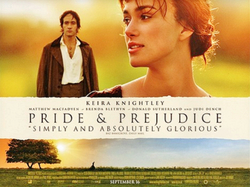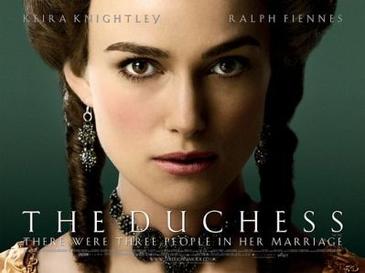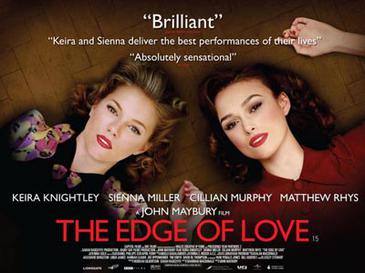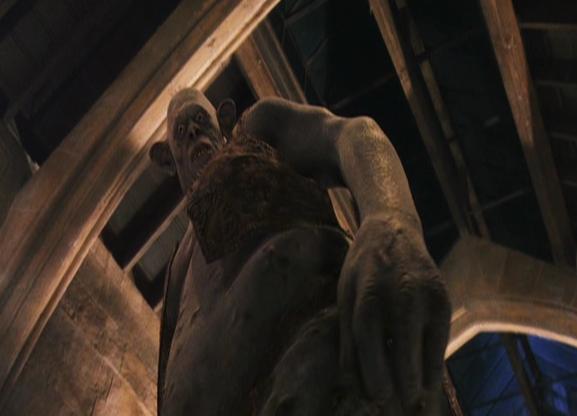 1. Keira Knightly has been in many movies. She started off acting in British movies such as "The Hole" but has been closely involved with Hollywood films since Pirates of the Caribbean. The series made her globally famous and secured her a role in many movies. She has been nominated for multiple awards such as the Academy Award for Best Actress (Pride and Prejudice), the Golden Globes Award for Best Actress (Pride and Prejudice, Atonement) and the BAFTA Award for Best Actress in a Leading Role (Atonement).
1. Keira Knightly has been in many movies. She started off acting in British movies such as "The Hole" but has been closely involved with Hollywood films since Pirates of the Caribbean. The series made her globally famous and secured her a role in many movies. She has been nominated for multiple awards such as the Academy Award for Best Actress (Pride and Prejudice), the Golden Globes Award for Best Actress (Pride and Prejudice, Atonement) and the BAFTA Award for Best Actress in a Leading Role (Atonement).2. Her presence on posters and in other marketing material is an important factor in giving investors potential financial security. She always has an important position on movie posters, drawing attention to herself and attracting her large amount of fans.






3. Keira Knightley is one of the world's highest earning actresses. The amount of money she brings back to producers by being in their film allows her to regularly demand a high pay. Director's are desperate to have her in their films which also helps here secure large amounts of money as they are trying to compete with other directors.
4. She is very active in media. She's been interviewed for magazines, TV shows etc. She doesn't have Facebook or Twitter because she believes that they're "dehumanizing", but her recurring presence in printed and online media as well as television make up for this and helps her promote films and ensure they remain in the public consciousness.



5. Since Pirates of the Caribbean, Keira Knightley has been mostly associated with period dramas such as "Pride and Prejudice", "Atonement", "Silk", "The Duchess" and "Anna Karenina".






6. The film viewer generally can't identify with the characters portrayed by Keira Knightley as most of her movies are period dramas meaning that they are set in a different time. This means that there are many aspects of her movies that viewers don't necessarily understand or relate with.












